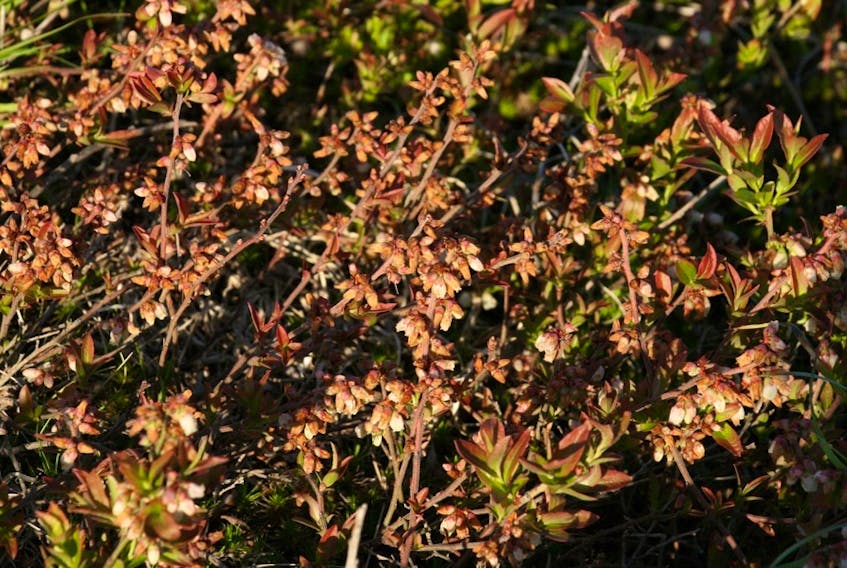This year’s frost lasting well into the spring has had a devastating effect on an assortment of crops, including the wild blueberry, which has suffered significant damage.
Peter Rideout, general manager of the Wild Blueberry Producers Association of Nova Scotia, said that frosts well into June was a shock for producers – and that such a pattern is uncommon.
“They had such a heavy frost so late into the season. We’ve had it before in the springtime, in certain locations, but widespread frost across the whole province – and Maritime region – is very unusual this late into the spring,” said Rideout.
John Cameron is one of many wild blueberry farmers whose crop has been extensively harmed.
“There has been quite a lot of frost damage in this area. We’re not sure what the full extent of it is, at the moment, because we’re still trying to assess what the true damage is,” said Cameron. “But it looks very bad.”
Cameron noted that the level of damage is unprecedented since at least the late 1960s.
“This is out of the ordinary. Some of the other guys in the industry, older guys, compared it to a frost that happened in 1968,” he said.
According to one Pictou County area farmer who wished to remain anonymous, many of his crops – blueberries among them – were not spared by the lingering frosts of spring 2018.
“I had 100 acres to pick this year, and the frost took 80 per cent of those crops,” he said. “There are a lot of sore farmers right now – it’s not good. It got the apple blossoms, the plum trees, and everything – it all got frostbitten this year.”
According to Rideout, this year’s frost situation comes after two years of very low market prices, which put a lot of producers in Nova Scotia “into a tight financial situation.”
“(Farmers) had several good years in terms of production across the regional industry, and what resulted of that was lower prices – at the farm level – over the past two years,” said Rideout. “Going into this spring, producers were in a tight situation.”
With lower, more manageable inventories, and a growing market demand for wild blueberries, producers were, as Rideout put it, “cautiously optimistic” going into the 2018 season.
It has yet to be determined what prices growers will get for their blueberries, since it depends on a number of factors, and the volume of crop across the region.
“Wild blueberries only grow commercially in this region, Quebec and Maine – but they compete with other fruit products in the global market,” said Rideout. “A lot of factors affect price, and we’re hopeful prices will be higher at the grower level, to compensate for some of these losses.
As for crop production levels – that is something that has yet to be determined, as well. Rideout noted that in Nova Scotia, “at this stage, we just don’t know,” since the extent of frost damage has yet to be determined.
Rideout said the damage is estimated to affect 50-60 per cent of the crop in Nova Scotia.
“We have to wait and see how things develop over the next few weeks as we approach harvest, and see how much fruit is there.”









